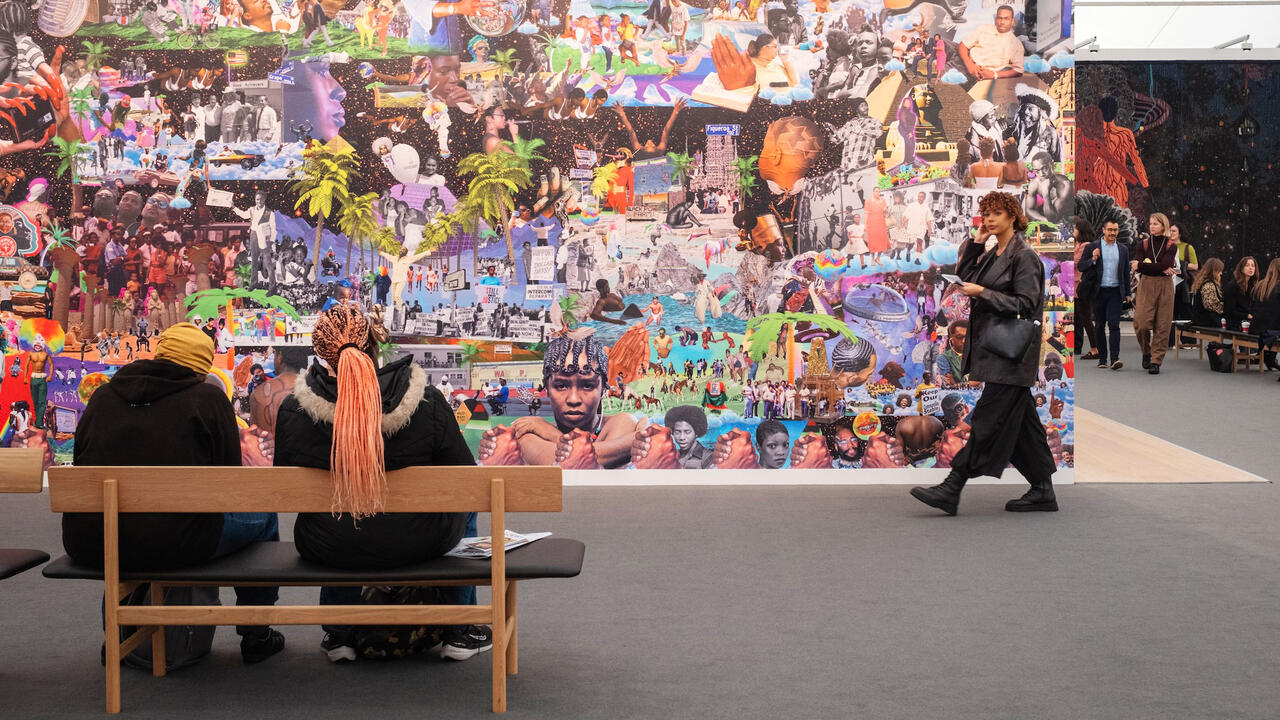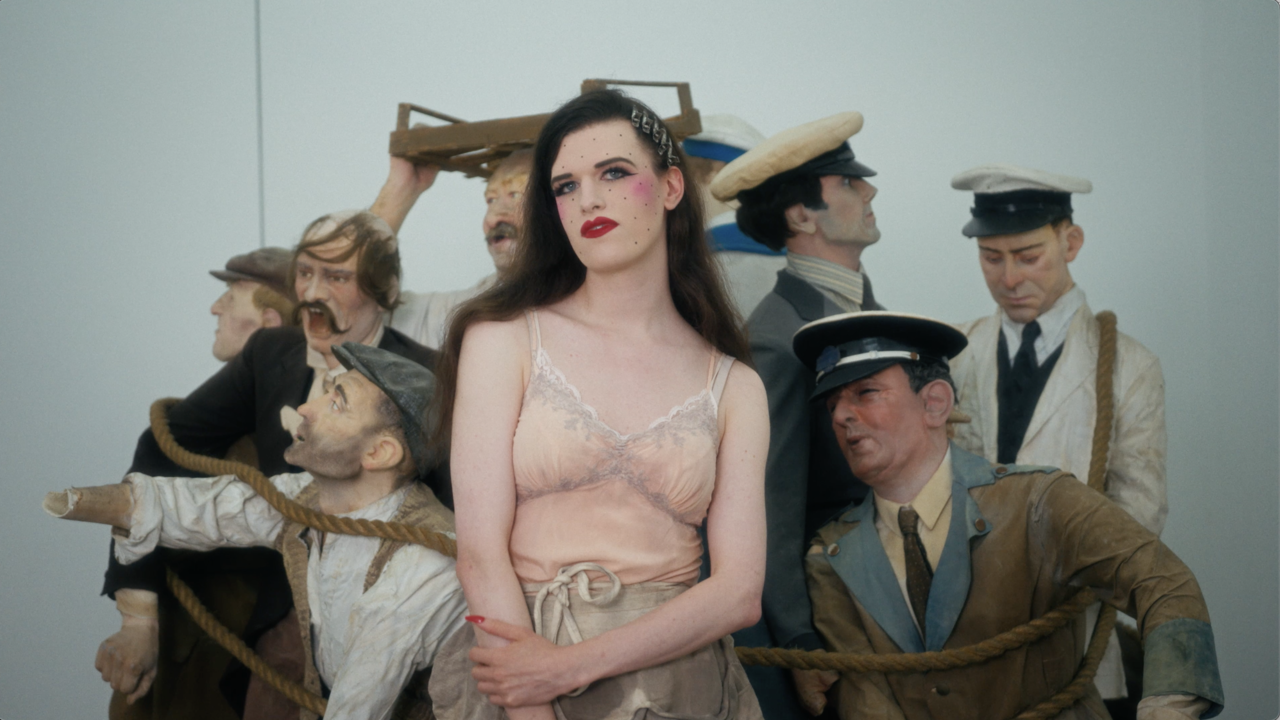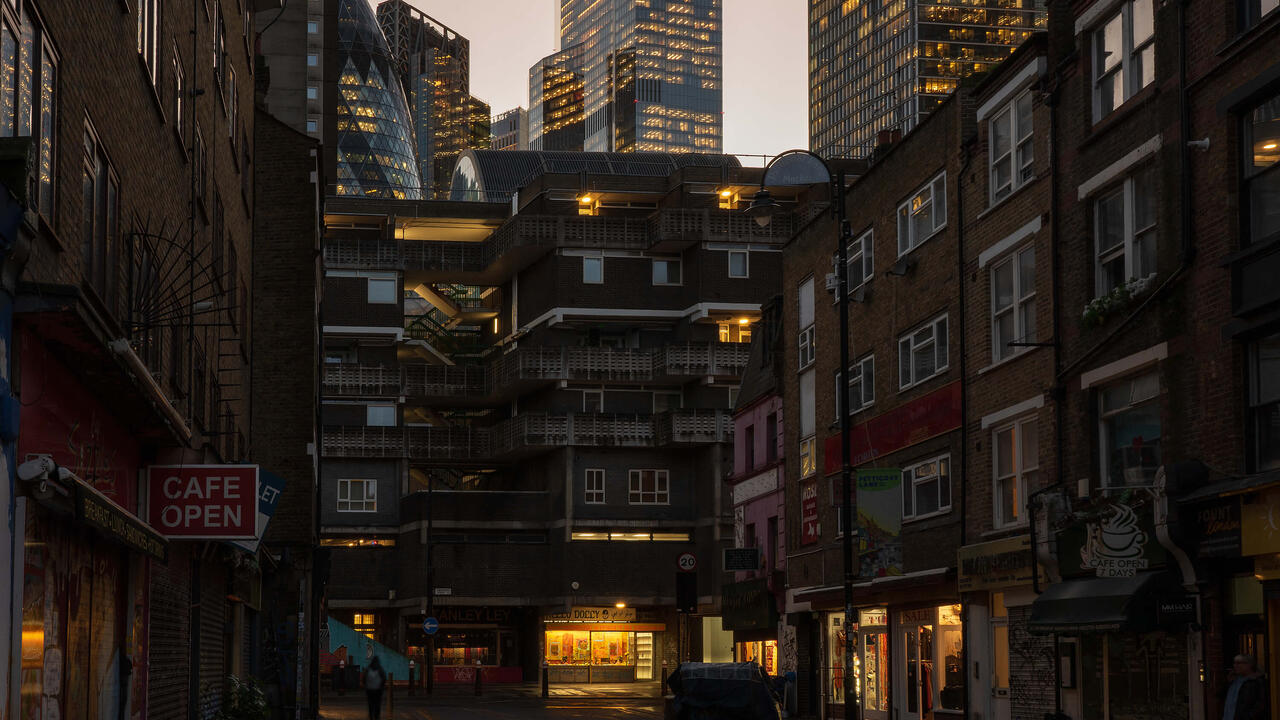In Focus: Yngve Holen
Reformulating the human body in the age of mass digitization
Reformulating the human body in the age of mass digitization

The human body is conspicuously absent in Yngve Holen’s work. Absent, since the artist’s cool, near-abstract, often-disassembled industrial objects rarely depict a human form, but conspicuous, nonetheless, because the state-of-the-art surfaces of his pieces somehow point to a fraught, hollowed-out reformulation of the human body and its shifting relationship to the various prostheses of our age of mass digitization, 3D-printing and proto-bionic tools. A generation of young sculptors has begun responding to a recent crisis of the (post-)human body by attempting, in reactionary fashion, to refigure it in very literal, physical terms. By contrast, Holen starts at the iconoclastic end of the spectrum, seemingly beyond humanity, where the human is akin to a piece of gristle, an afterthought or an accident. Such is the case with Sensitive to Detergent, Moving Forward (2012), which includes a VW-branded, ghost-white, 3D-printed chicken breast resting on the drum of a washing machine.
Holen’s most recent exhibition, ‘World of Hope’ (2015) at Galerie Neu in Berlin, was a spare presentation of six oversize, doughnut-shaped metal sculptures clothed in different-coloured fishnet fabric, hung on white walls and looming coldly and menacingly above the viewer. These featured brand-new parts from Siemens ct scanners, medical machines ordinarily used to render cross-sections of the person lying inside. A key to these hole-shaped works, which – set flat against the wall – literally refused entry, was the magazine ETOPS II (2015), presented by Holen in the same space. This publication contains a series of interviews the artist conducted, anonymously, with major players in the pornography and plastic surgery industries in Los Angeles, which make the Marquis de Sade read like children’s stories. Covering the daily lives of porn stars, their agents and peripheral professionals, the texts are shocking because of the nonchalance with which the interviewees describe the limitations, modification and dehumanization of their bodies.

‘ETOPS’, which stands for Extended-range Twin-engine Operational Performance Standards, is a tongue-in-cheek term that originated in the aviation industry for the (standard) practice of flying aircraft beyond their approved specifications (initially, twin-engine planes were not thought capable of safely crossing the Atlantic). ETOPS and its backronym, ‘Engines Turn or Passengers Swim’, are the kind of dark insider jokes that often circulate in specialized fields, such as the art, aeronautics, porn or home-appliances industries that inform Holen’s sculptures (often based on knowledge gained during research trips to obscure trade fairs, including the Aircraft Interiors Expo). On one wall of Holen’s studio is a sticker, ‘If it’s Boring, I’m not Going’, itself a wry reworking of the Boeing slogan: ‘If it’s not Boeing, I’m not Going.’ It’s significant that such semiotic slippages arise within intensely specialized industries that take for granted shared expertise. Such knowledge is often obscure and leaves the consumer to place his or her trust in the illusionism of automatic processes (like autopilot). Such insiderism also accounts for the mocking or self-mocking humour of the fan, the nerd and the troll – key if ‘unseen’ figures in our communications and media networks – the terminological redundancy of which Holen likewise refers to and incorporates in his sculptures.
The hyper-referentiality of Holen’s works, and the antagonistic way in which he effaces those reference points, links two touchstones for the artist: one is the ‘failbetter’ tradition in recent contemporary art, exemplified by the likes of Michael Krebber (known to Holen from his years at Städelschule in Frankfurt); the second is the redundant or coded lingo that arises across other rarefied trades akin to art. Holen’s reluctance to translate the material from these sources for the ‘general’ viewer recalls the segmentation of global trade: namely, that the lingo and technology of any particular industry often make no sense to the outsider, just as the values the art world places on certain works of contemporary art may be obscure to those outside of it.

When contextualized within a magazine called ETOPS II, Holen’s interviews with porn and body modification professionals are not only concerned with base humour but also with reconciling the flippancy of industry-specific terms and the fantasy of surface appearances with the dark realities of production and labour. Industrial conditions of advanced globalized capitalism – from specific physical components, trade secrets or labour conditions – are often predicated on the secrecy and non-accountability of their human agents (from CEOS to factory workers). For his exhibition ‘Launch of Hater Head’, at Société in Berlin in 2013, Holen fabricated a small, countersunk security screw (like those used by companies such as Apple to render products non-serviceable by the consumer), titled Hater Head: the cut-out shapes in the ‘head’ of the screw, which no one without a special tool can loosen, form a menacing, technoid smile. The work comments at once on the smirking sociopathy lurking behind today’s insistence on ‘connectivity’ and, in its prevention of user serviceability, on the insularity that preconditions such technology-driven ‘access’.
The futuristic designs of Holen’s works are less about demonstrating technological prowess than about posing questions relating to human boundaries – of perception, physical capability and ethics – in an age of technological acceleration, and the way the interactions between humans and objects (or among humans themselves) are actually made more complex by technologies that rely on a veneer of efficiency. Of course, the assertions of transparency that often accompany the ‘visualization’ of complex processes are a good way to disguise stealth or secrecy. Although well-masked, Holen’s works are underscored, I think, by a subtle humanism, a concern for the endangered species known as people amid conditions that radically alienate parts, trades and industries from one another.






















